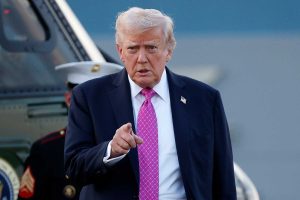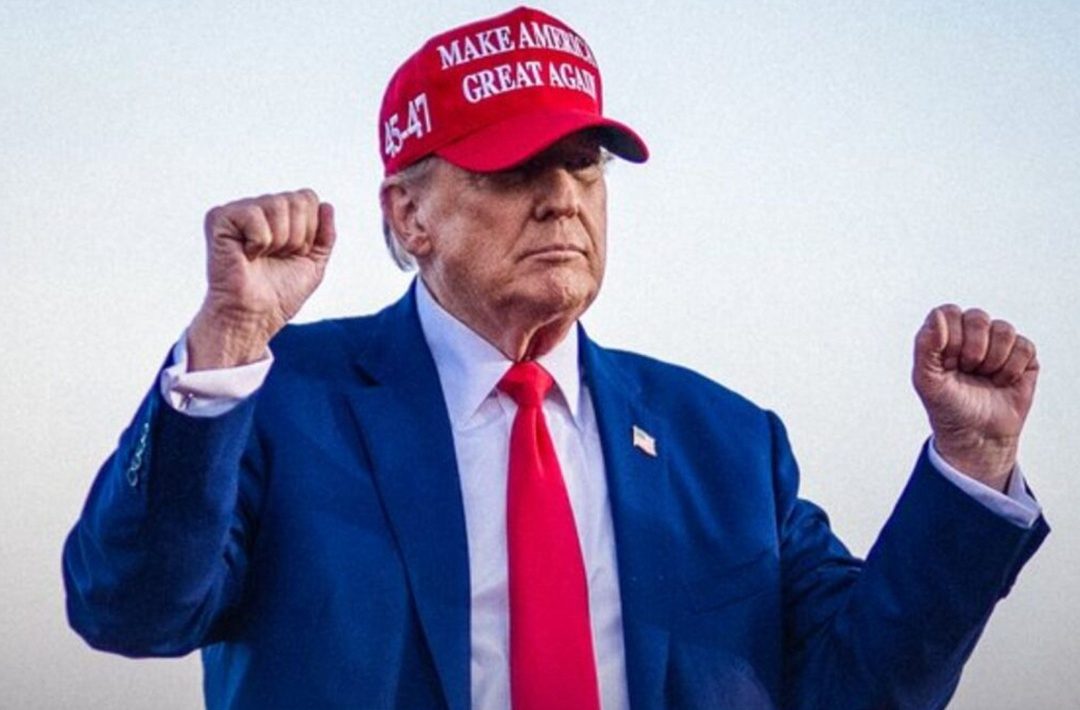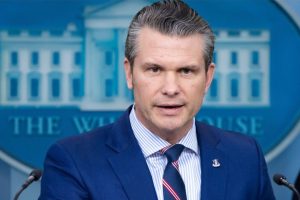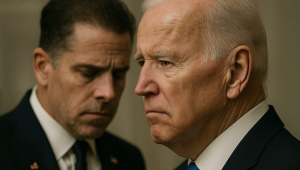NOTE: VIDEO AT THE END OF ARTICLE
Trump’s Tariff Strategy Defies Critics as Inflation Holds Steady
Despite months of fearmongering from corporate media outlets and political opponents, new inflation data shows that President Donald Trump’s tariff policy has not resulted in the economic fallout many predicted. In fact, June’s inflation numbers suggest the opposite: that the tariff-based trade strategy may be holding firm, with inflation rising at a manageable pace.
Inflation Data Contradicts Media Narrative
According to the U.S. Bureau of Labor Statistics, the Consumer Price Index (CPI) increased by 2.7% year-over-year in June. That figure is well within expectations and does not reflect the dramatic price surges that many economists and media commentators had warned about earlier in the year. When adjusted to exclude volatile food and energy categories, core inflation was even more stable, coming in slightly lower than forecast.
Speaking on CNBC’s Squawk Box, editor Rick Santelli pushed back on the mainstream narrative that Trump’s trade policies would fuel inflation. “The inflation numbers are pretty respectable here,” Santelli said, noting that economic resilience and labor market strength are contributing to steady prices.
His remarks come as a direct rebuttal to earlier claims made by outlets like ABC News, The Guardian, and NewsNation’s Chris Cuomo, who warned that Trump’s tariffs would drive up costs for American consumers and plunge the economy into uncertainty.
Media Panic vs. Economic Reality
Much of the concern stemmed from Trump’s reintroduction of reciprocal tariffs in early April. During a Rose Garden event on April 2, Trump announced that the U.S. would impose new duties on foreign goods to counter long-standing trade imbalances. A week later, on April 9, Trump announced a 90-day pause in tariff enforcement while negotiations continued.
That pause resulted in a major trade deal with China finalized on June 26. Under the agreement, Chinese goods entering the U.S. are now subject to a 55% tariff, while China has agreed to reduce its tariffs on American goods to 10%.
At the time, critics labeled the move “reckless,” claiming it would disrupt global supply chains and hurt U.S. families. But the latest economic indicators tell a different story — one of stability, resilience, and a cooling inflation rate that contradicts the early media hysteria.
Trump’s Economic Vision Gains Credibility
Supporters of the policy argue that the tariffs are working exactly as intended: they’re forcing foreign governments to the table while supporting American manufacturers and protecting domestic labor markets. By making it more expensive for foreign companies to dump cheap goods into the U.S. market, Trump’s tariff policies aim to create a more balanced, fair-trade environment.
Meanwhile, critics who once insisted these moves would create economic chaos are now grappling with an inconvenient reality: the sky hasn’t fallen. In fact, inflation remains tame and economic growth continues.
The labor market, which some feared would falter under the pressure of new trade rules, has shown surprising strength. Job numbers are up, consumer confidence remains stable, and the long-feared inflation spiral hasn’t materialized.
Final Thoughts
As of mid-July 2025, Trump’s America First trade strategy appears to be vindicated. While critics warned of economic collapse, the numbers now show that the U.S. economy is holding strong — and that tariffs may be a more effective tool than many were willing to admit.
As more data emerges, it’s becoming increasingly clear that Trump’s tariffs are not the inflation-driving boogeyman they were made out to be. Instead, they might just be part of a long-term economic formula that benefits American workers and restores fairness to global trade.

Sarah Mitchell is a bestselling novelist recognized for her insightful and emotionally resonant stories that explore the complexities of human relationships. Originally from Denver, Colorado, Sarah grew up in a family of teachers who nurtured her curiosity and love for storytelling. She studied psychology at Stanford University, where she became fascinated by the intricacies of human behavior—an interest that would later shape her writing career. Sarah’s novels are praised for their nuanced characters, intricate plots, and ability to capture the subtle tensions that define love, friendship, and family ties. Her breakthrough novel, The Spaces Between Us, became an instant bestseller, lauded for its honest portrayal of strained family relationships and the fragile bonds that hold people together. Since then, she has published several works that continue to captivate audiences around the world. Outside of her writing career, Sarah is passionate about mental health advocacy and often partners with organizations to promote awareness and support for those struggling with emotional well-being. Her personal life is quieter—she enjoys hiking in the Colorado mountains, practicing yoga, and spending time with close friends. With each new book, Sarah Mitchell cements her reputation as a writer who illuminates the beauty and struggles of human connection.









